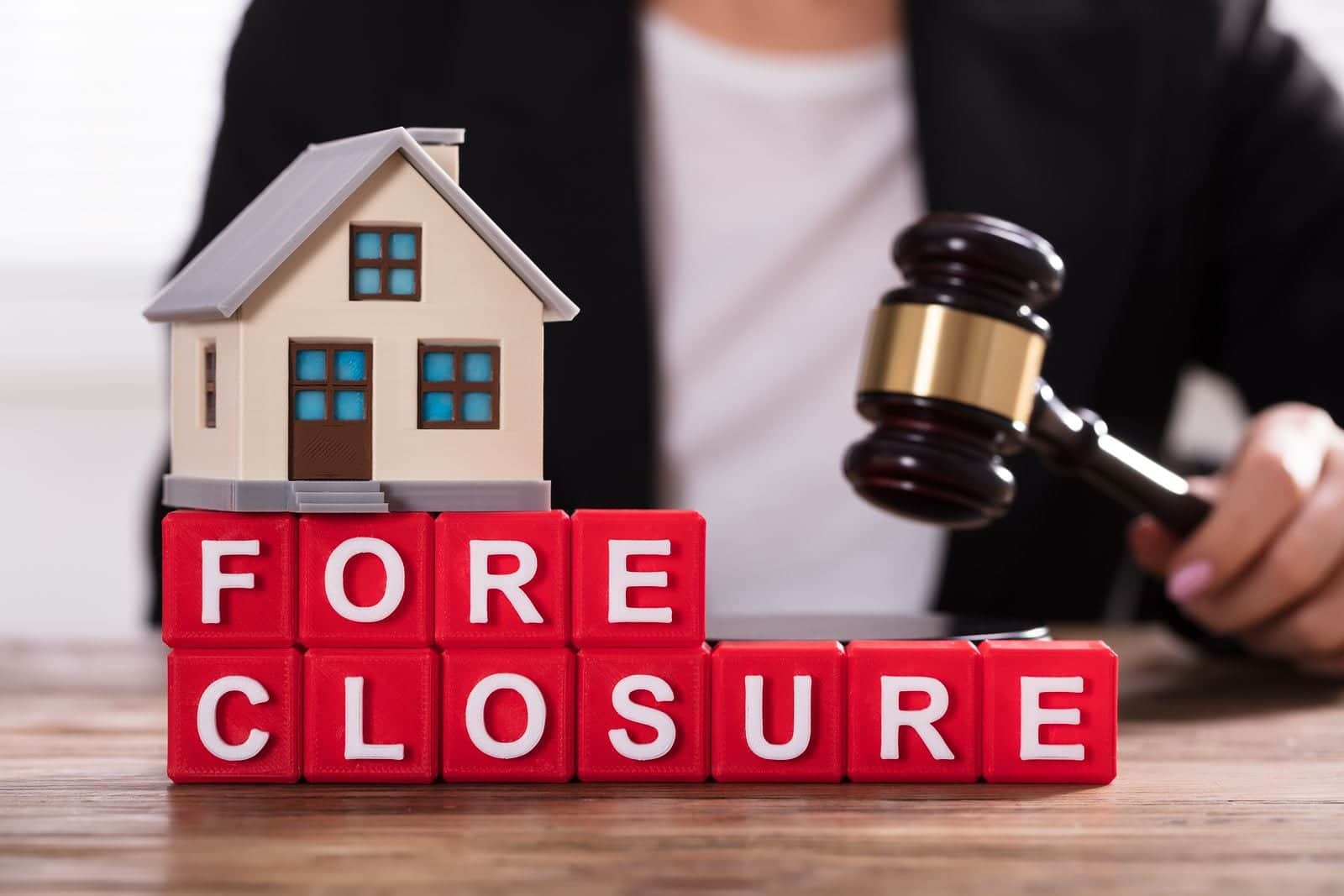
Foreclosure Process: A Step by Step Guide
When a borrower fails to meet its loan requirements, the lender may attempt to foreclose on the property making sure about the loan. “Foreclosure” is the arrangement of stages a lender needs to take in order to take the property back and to sell it in order to recuperate its unpaid obligation. At the end of the day, the foreclosure process causes a lender to restore the sum owed on a defaulted loan by selling or taking responsibility for the property.
Foreclosure Process Vary from State to State:
First of all, foreclosure rights and procedures are different in each state. These differences can be small variations in things such as how many times a lender must publish notice of a foreclosure sale. It also includes the number of days a borrower has to respond to a lawsuit. They can also, however, differ in terms of borrower and lender rights. If you are facing foreclosure, make sure you understand the foreclosure process. While there is a variation from state to state, there are normally six stages of a foreclosure procedure.
 Payment Default:
Payment Default:
A payment default occurs when a borrower has not given at least one mortgage payment. The lender will send a missed payment notice showing that it has not yet received that month’s payment.
Typically, mortgage payments are due on the first day of each month, and many lenders offer a lenient period until the 15th of the month. After that, the lender may add a late payment fee and send the required payment notice.
After you missed two payments, the lender will often follow up with a demand letter. This is more serious than a missed payment notice. However, in this situation, the lender may be willing to work with the borrower to make adjustments for catching up on payments.
Notice of Default:
A notice of default (NOD) will be delivered after 90 days of missed payments. In some states, the notice is put prominently on the home. At this point, the loan will be given over to the lender’s foreclosure department in the same county.
The borrower is informed that the notice will be recorded. The lender will typically give the borrower another 90 days to pay the payments and reinstall the loan. This is called the “reinstatement period.
Check Also: Home insurance and its impact in your life
Notice of Trustee’s Sale:
After the notice of default, if the loan has not been caught up to date within the 90 days then a notice of trustee sale will be published in the county where the property is found.
The lender must also publish a general notice in the local newspaper for three weeks showing that the property will be available at public auction. All owners’ names will be written in the notice and the newspaper, along with a legal description of the property, its address, and when and where the sale will take place.
Trustee’s Sale:
The property is presently opened for public sale and will be given to the highest bidder who satisfies the entirety of the balance due. The lender (or firm representing the lender) will calculate an opening bid depending on the value of the outstanding loan and any liens, unpaid taxes, and costs associated with the sale process.
It is important to note that, when a foreclosed property is purchased, it is up to the buyer to decide how long the previous owners may stay in their former home. When the highest bidder has been affirmed and the deal is done, a trustee’s deed upon sale will be given to the winning bidder. The property is then owned by the purchaser, who is qualified for immediate possession.
Real Estate Owned:
If the property is not sold during the public auction, the lender will become the owner. And they will try to sell the property with the help of a Realtor. These properties are often called “bank owned” or “REO”. And the lender may remove some of the other expenses in an attempt to make the property more attractive.
Eviction:
The borrower can often live in the home until it has sold. It can be done either through a public auction or later as an REO property. At this point, an eviction notice is sent to the borrower demanding that they vacate the premises immediately.
Several days may be given to allow the occupants sufficient time to remove their personal belongings. Then, typically, the local sheriff will investigate the property and remove the people and any remaining belongings.
The Bottom Line:
Throughout the foreclosure process, many lenders will attempt to make adjustments for the borrower. They will help them to get caught up on the loan and avoid the foreclosure process. When a borrower cannot meet one payment, it becomes very difficult to catch up on multiple payments.
If there is a hope that you can catch up on payments you should talk to your lender. For instance, you just found a new job following a period of unemployment it is worth speaking with your lender. If a foreclosure is unavoidable, you should know the process completely. It can help you with the six stages of foreclosure.









